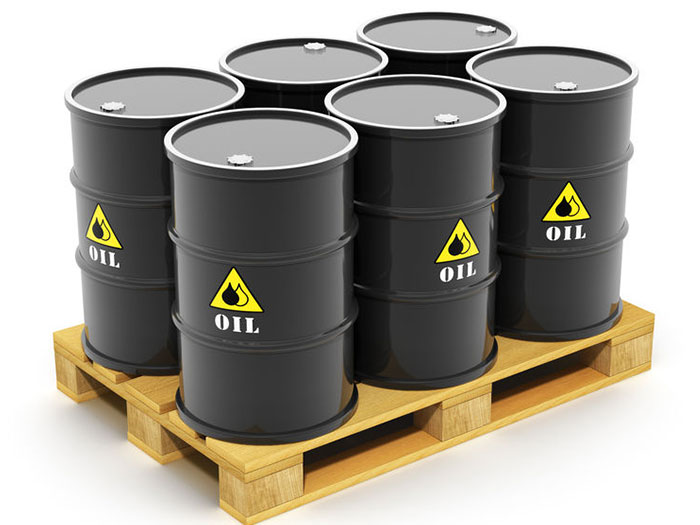Energy
OPEC+ again raises output by daily 400,000 barrels in February
Published
4 years agoon

The group of oil producers comprising OPEC and non-member participants including Russia agreed to extend the 400,000 bpd monthly supply increments into February 2022, arguing that overblown Omicron fears will not have a significant impact on global demand going forward
The group of oil producers has raised its output target each month since August 2021 by 400,000 barrels per day (bpd).
Read Also:
The United States has urged the group to pump more crude to help the global economic recovery from the pandemic and cool prices as they trade near $80 a barrel. But the group has said the market did not require extra oil.
OPEC+ is unwinding record production cuts of 10 million bpd, which were imposed in 2020, as demand and prices recover from their pandemic-induced slump.
Brent crude rose 50 per cent last year and has rallied so far in 2022, trading 2 per cent up above $80 on Tuesday.
Current plans would see OPEC+ again raise the target by 400,000 bpd for February, leaving about 3 million bpd in cuts to unwind by September, in line with an agreement last July.
In a technical report obtained on Sunday by our correspondent, OPEC+ played down the impact on demand of the Omicron variant, saying it would be “mild and short-lived” and was upbeat about economic prospects.
“This is in addition to a steady economic outlook in both the advanced and emerging economies,” the Joint Technical Committee report said.
Rystad Energy’s analyst Bjornar Tonhaugen said told news agency that OPEC+ has grown confident in part because real-time transportation data globally suggests Omicron has not yet had any significant impact on oil demand.
“Ongoing (oil production) outages in Libya, struggling production recovery in Nigeria, and reduced expectations for Russian production capacity add bullish weight to the scale from the supply side,” he added.
While OPEC+ has increased its output target each month, actual production has lagged as some members struggle with capacity constraints.
OPEC+ producers missed their targets by 730,000 bpd in October and by 650,000 bpd in November, the International Energy Agency said last month.
True to OPEC+ forecast of a mild impact of the Omicron variant, it can be observed that despite rising cases of COVID, governments are reluctant to repeat 2020/2021 lockdown policies again.
Oil demand remained solid in December, essentially trending on par with November levels, whilst global manufacturing activity strengthened globally amidst easing supply chain bottlenecks.
Thus, the bullish case for more OPEC+ crude is by no means paradoxical, especially when one considers all the supply-side disruptions in Libya and elsewhere. As a result, ICE Brent traded moved above the $80 per barrel threshold this week, whilst US benchmark WTI was hovering around $77.5 per barrel.
Share this:
- Click to share on X (Opens in new window) X
- Click to share on Facebook (Opens in new window) Facebook
- Click to share on WhatsApp (Opens in new window) WhatsApp
- Click to share on Pocket (Opens in new window) Pocket
- Click to share on Telegram (Opens in new window) Telegram
- Click to email a link to a friend (Opens in new window) Email
- Click to share on LinkedIn (Opens in new window) LinkedIn
You may like


Oil Prices Slide over 2% on Iran Deal, OPEC+ Output, Economic Concerns


Oil Price Appreciates as World Awaits Israel’s Response to Iran Attack


OPEC Says Fossil Fuels Remain Over 80% of Global Energy Mix


Oil Prices Down 1% Despite Pledged Output Cut in Saudi Oil


Nigeria Loses Crown to Angola as Africa’s Largest Oil Producer


Nigeria Loses 28 Million Barrels to Oil Theft, Vandalism in Six Months












